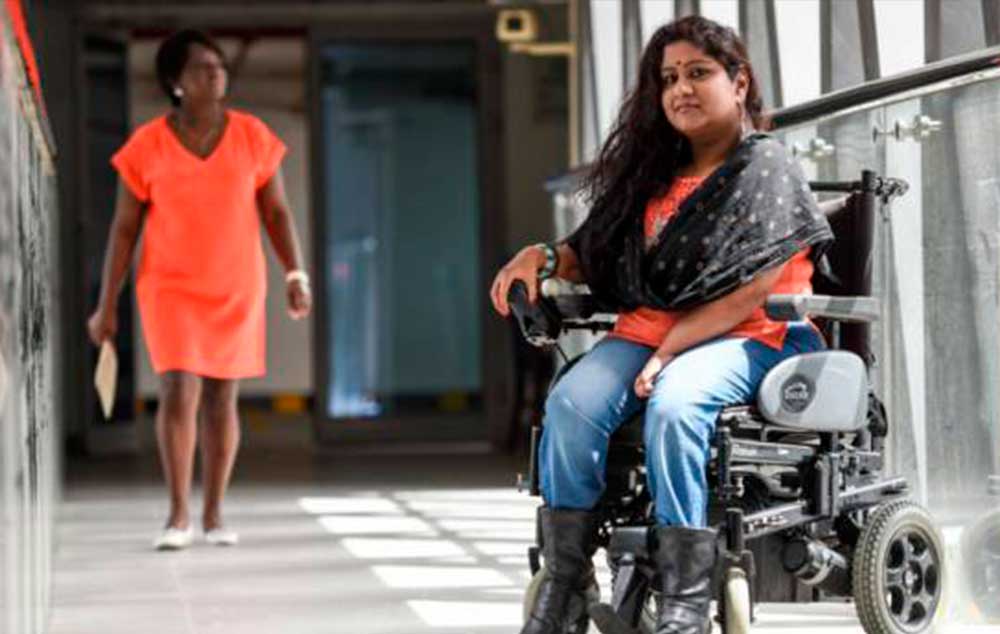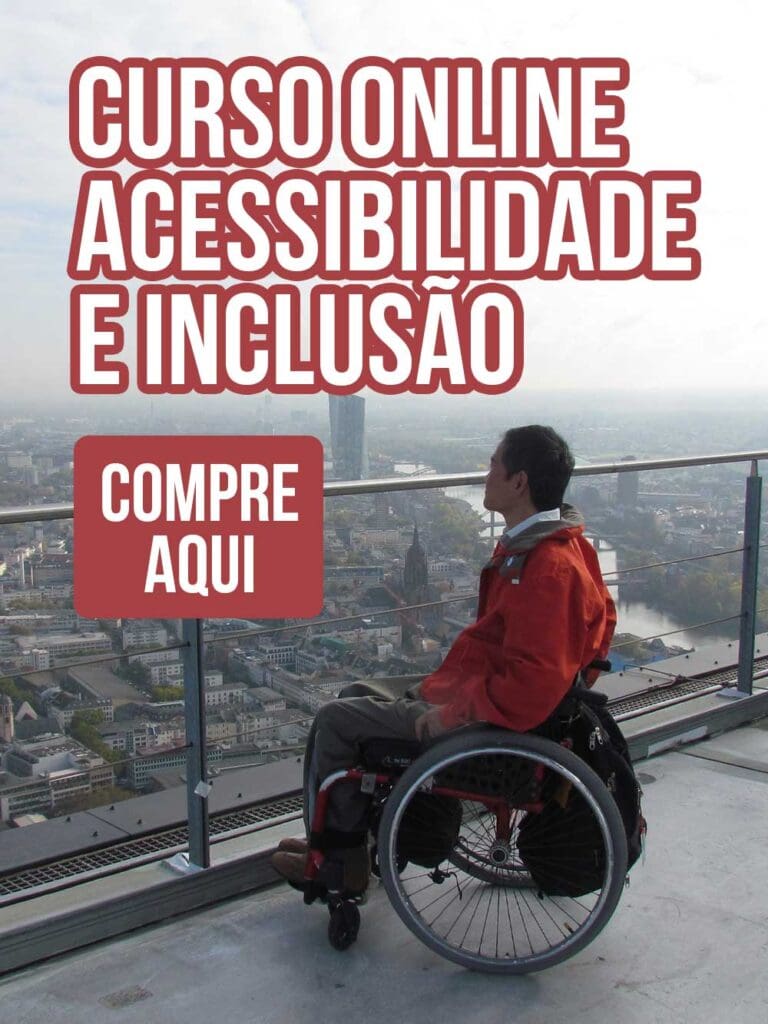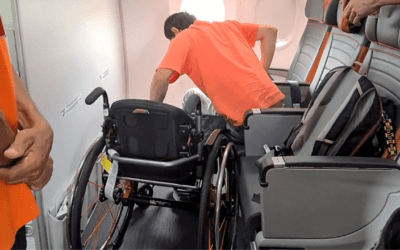
Ramp for improvement: Travel writer in wheelchair rates Dubai’s accessibility
Dubai: A British travel-writer who rates cities on wheelchair-accessibility on Tuesday said Dubai is “a work in progress-leaning to positivity.”
Paavani Raag, who is in her late twenties, is exploring the world on her wheelchair to raise awareness about the challenges faced by people with disabilities.
The classical-vocal teacher began her journey by travelling independently for the first time in 2015 to Chennai, India for a music-recording session, where she decided to note down her findings on wheelchair accessibility.
The writer, traveller, and musician, who’s in her late twenties, said she kept her first trip a secret from family and friends, as she wanted to prove to herself that she could make it on her own.
“I was afraid that I may fail or fall flat on my face whilst trying to travel to such an inaccessible country such as India. Once I got back home after a successful trip, I told my family,” Raag told Gulf News.
While Raag suffers from arthrogryposis, a condition that was diagnosed from birth and affects the joints, she was always determined to take on the challenges and explore the world.
“When it comes to Dubai, it’s a very hard place rate because it’s constantly developing. Most hotels, the metro, the beaches, and malls are all very wheelchair friendly, and people are very helpful and accommodating,” said Raag.
However, the challenges for wheelchair users are often found on the road.
“The pavements are nice and large, but once you reach the end of a road, it’s around a five, six inches drop. There are no slopes, which make it hard for a person on a wheelchair to move from one place to another without any help,” explained Raag.
She also referred to ‘handicapped bathrooms’ placed in most malls, and public buildings around the city as another major challenge for wheelchair users.
“Most handicapped bathrooms have a frame or contraction fixed in place around the toilet seat, making it very hard for a person to park their wheel chair beside the toilet. This means it’s almost impossible for us to use the bathroom without any help,” she said.
Waiting for wheelchair-accessible taxis
Referring to her own experience in Dubai, Raag said she was pleasantly surprised when the hotel-apartments she was staying at ensured that the bathroom frame was immediately removed and the bed moved to cater to her needs.
However, she still found difficulties in moving around the city, with only 10-wheelchair accessible taxis in Dubai.
Raag explained that after waiting for an average time of 30 minutes for a wheelchair accessible taxi that could transport her to the metro station just down the road, she was then faced with a risk of high pavements once leaving the station at her destination.
“Having a larger number of wheelchair accessible taxis would resolve a lot of the issues wheelchair users face in Dubai, as they can transport us from one place to another,” she added.
While noting three main challenges for wheelchair accessibility in Dubai, Raag said she predicts fast progress in the ever developing city.
“People in Dubai are very compassionate, understanding, and accommodating in terms of wheelchair accessibility. I have seen this with both locals and the international scene out here, which shows the scope of advancements and progress that can take place,” she said.
During the last three years, Raag visited France, Germany, Holland, Belgium, Amsterdam, and Switzerland in Europe, along with Dubai, Singapore, and India in Asia. She also visited Australia, and two cities in the US — New York and Las Vegas.
“Overall I would have to say India was the least accessible place as there are no wheelchair accessible taxis in Chennai, with the US a close second,” said Raag.
She explained that hotels in both New York and Las Vegas were unaware of ‘disabled-handicapped’ rooms, even after she had made reservations in advance and exchanged emails with hotel management regarding accessibility.
“Paris still has a very long way to go too, though other cities in France are definitely more accessible,” she added.
Hoping to one day publish a book about her travels and findings, Raag aims to help other wheelchair users who plan to travel independently through her experiences.
She highlighted that need for governments and private companies to involve people with disabilities in their projects in order to better understand their needs and challenges.
“I don’t think people are ignorant to accessibility, I just think they don’t know what to do to improve things. It is only a physically challenged person who can design and guide people to understand what their needs are,” she added.
Source: Gulf News
Compartilhe
Use os ícones flutuantes na borda lateral esquerda desta página
Siga-nos!
Envolva-se em nosso conteúdo, seus comentários são bem-vindos!
2 Comentários
Enviar um comentário
Você precisa fazer o login para publicar um comentário.
Artigos relacionados
Acessibilidade no transporte aéreo. Atualização das regras.
Acessibilidade no transporte aéreo. Revisão da Resolução nº 280/2013 da ANAC através de consulta e audiência pública.
Inclusão no filme Wicked. Atriz cadeirante chama a atenção.
Inclusão no filme Wicked. Marissa Bode é uma atriz com deficiência na vida real, e sua deficiência não foi um impedimento para a atuação.
Diretrizes da ANPTUR para o Turismo Brasileiro
Diretrizes da ANPTUR para o Turismo Brasileiro. Acessibilidade é um dos capítulos desse importante guia orientador para o turismo.






Where can I find her city reviews online?
Unfortunately I do not have the contact. Who knows searching the internet you can find.